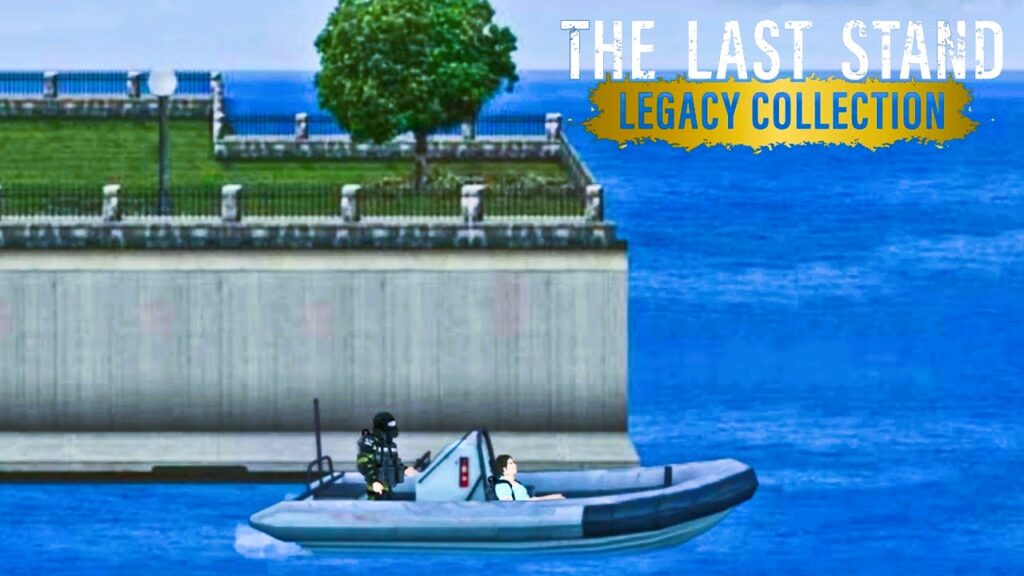Water transport has been a prominent feature in video games since the early days of arcade gaming, offering players the opportunity to navigate virtual seas, rivers, and lakes in pursuit of adventure and excitement. From simple paddleboat simulations to epic naval battles, water transport games have evolved significantly over the years, leaving behind a rich legacy that continues to influence modern gaming. In this article, we’ll take a look back at the history of water transport in gaming, from its humble beginnings to its status as a cornerstone of the industry.
The Early Days: Arcade Classics and Simulations
In the early days of gaming, water transport games were relatively simple affairs, often limited to basic paddleboat simulations and simplistic naval combat scenarios. One of the earliest examples of water transport in gaming is “Sea Wolf,” a submarine simulator released by Midway in 1976. In “Sea Wolf,” players took on the role of a submarine captain tasked with sinking enemy ships and avoiding depth charges, paving the way for future naval combat games.
As gaming technology advanced, so too did the complexity and realism of water transport simulations. Games like “Pirates!” and “Sid Meier’s Pirates!” allowed players to assume the role of a swashbuckling pirate captain, sailing the high seas in search of treasure and adventure. These games introduced elements of exploration, trading, and naval combat, laying the foundation for the open-world pirate games that would follow in later years.
The Rise of Naval Warfare Games

In the 1990s and early 2000s, naval warfare games began to gain popularity, thanks in part to advances in graphics and gameplay technology. Games like “Age of Sail,” “Pirates of the Caribbean,” and “Naval Ops: Warship Gunner” allowed players to take command of historical naval vessels and engage in epic battles against enemy fleets.
One of the most influential naval warfare games of this era was “Battlefield 1942,” which introduced naval combat as part of its larger multiplayer experience. Players could pilot battleships, submarines, and aircraft carriers in large-scale battles set in the Pacific theater of World War II, adding a new dimension of strategy and tactics to the game’s already intense multiplayer matches.
Modern Masterpieces: Pushing the Boundaries of Water Transport
In recent years, water transport games have evolved into complex and immersive experiences that rival those of any other genre. Games like “Assassin’s Creed IV: Black Flag,” “Sea of Thieves,” and “Subnautica” have pushed the boundaries of what is possible in water transport gaming, offering expansive open worlds, realistic physics, and dynamic weather systems that bring the virtual ocean to life. We looked at the important problems of managing a navy in video games, more details here.
“Assassin’s Creed IV: Black Flag” stands out as a prime example of how water transport can be seamlessly integrated into a larger open-world experience. Players can captain their own ship, engage in naval battles, and explore a vast open world filled with islands, hidden coves, and underwater treasures. The game’s attention to detail and historical accuracy make it a standout title in the genre, earning it critical acclaim and a dedicated fan base.
Similarly, “Sea of Thieves” has garnered praise for its innovative approach to multiplayer pirate adventures. In “Sea of Thieves,” players can team up with friends to crew a pirate ship, embark on daring voyages, and engage in thrilling naval battles against rival players and computer-controlled enemies. The game’s vibrant art style, dynamic world, and emphasis on player interaction have made it a popular choice among gamers seeking an immersive and social water transport experience.
The Future of Water Transport in Gaming

As technology continues to advance, the future of water transport in gaming looks brighter than ever. Virtual reality (VR) technology, in particular, has the potential to revolutionize the way players experience water transport games, offering unparalleled immersion and realism. Whether piloting a submarine through the depths of the ocean or sailing a ship through a raging storm, VR has the power to transport players to new and exciting worlds unlike anything they’ve experienced before.
In conclusion, the legacy of water transport in gaming is a storied one, spanning decades of innovation, creativity, and technological advancement. From the arcade classics of yesteryear to the modern masterpieces of today, water transport games have captivated players with their sense of adventure, exploration, and excitement. As we look to the future, one thing is clear: the legacy of water transport in gaming will continue to inspire and entertain gamers for generations to come.
For more information on water transport in gaming, visit IGN.


